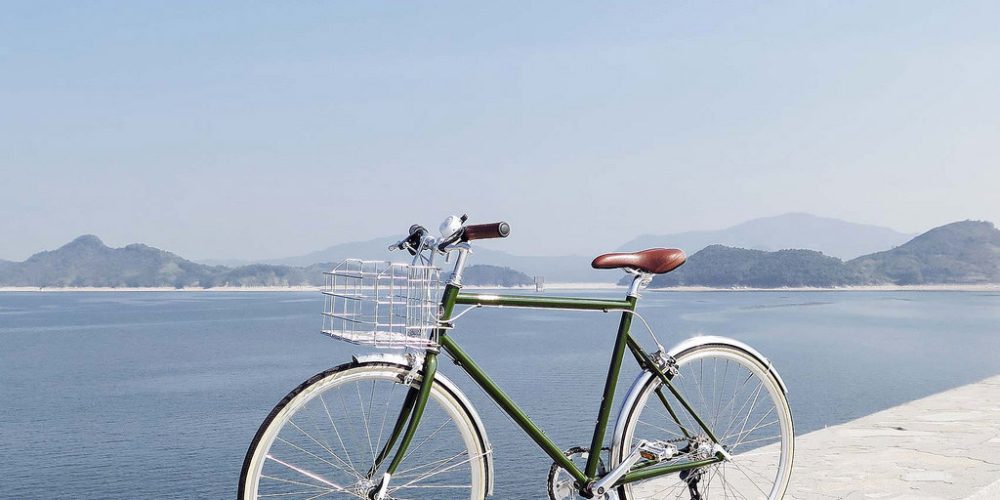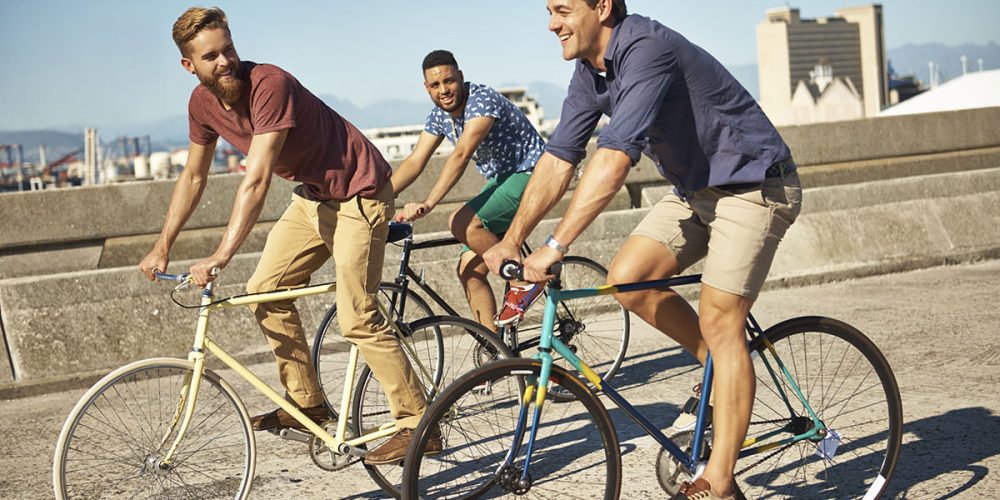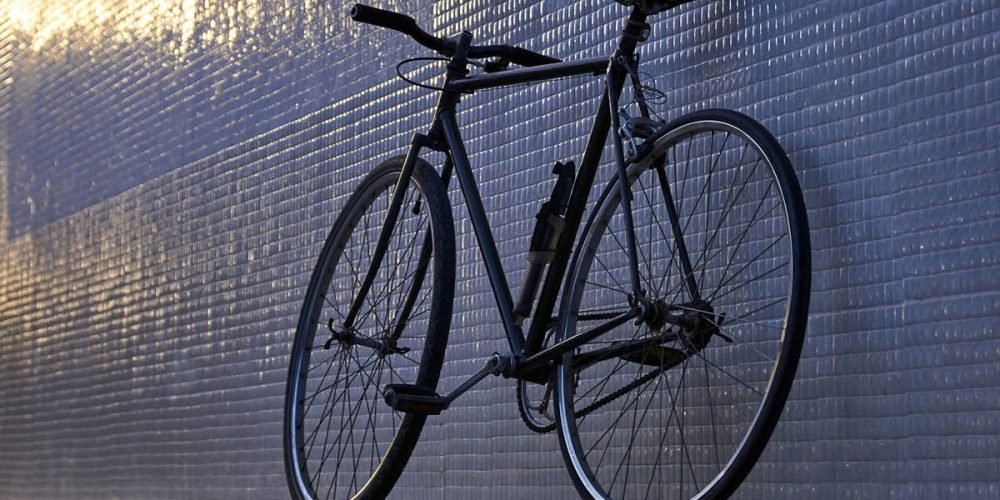- About me
- About us
- Best Selling Products
- Blog Fullwidth
- Blog Grid
- Blog Masonry
- Blog Medium
- Blog Wide
- Booking
- Cart
- Cart
- Checkout
- Checkout
- Contact us
- Default page
- Ecwid Store
- Elements
- FAQ
- Featured Products
- Fullwidth Category
- Homepage 1
- Homepage 2
- Homepage 3
- Icons
- My account
- My Account
- Order Tracking
- Popular Products
- Pricing Table
- Product categories layout test
- Product Detail 1
- Product Detail 2
- Product Extra Option
- Product Extra Option
- Products by ID
- Products by Sku
- Recent Products
- Sale Products
- Sample Page
- Shop
- Shop
- Shop grid
- Shop Grid Left Sidebar
- Shop Grid Right Sidebar
- Shop list
- Shop List Left Sidebar
- Shop List Right Sidebar
- Store
- Test Drive
- Typography
- Under Construction
- Wishlist
An overview on bicycles
2
1434
An overview on bicycles
2
3393
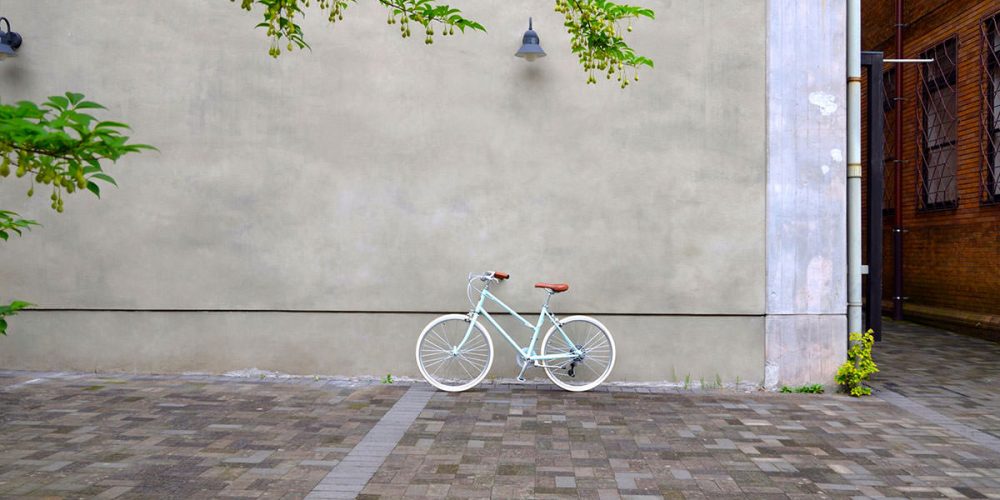
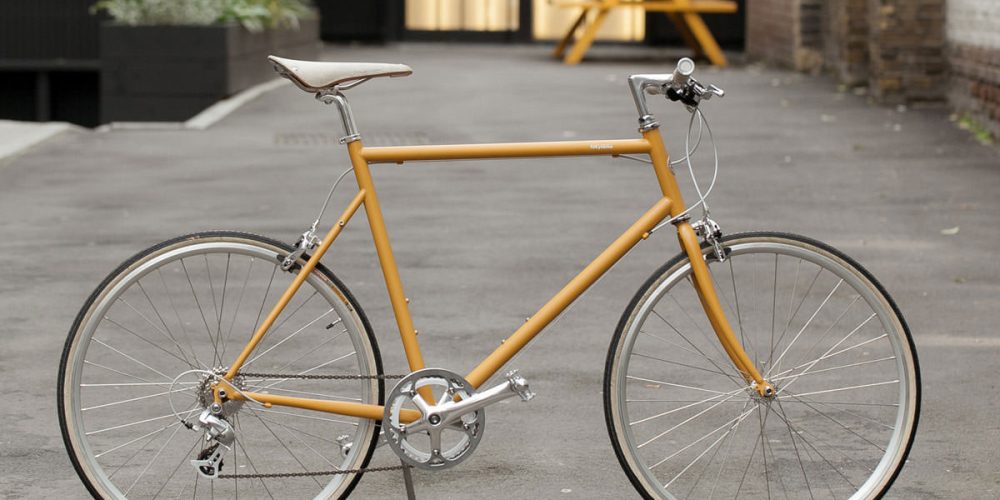
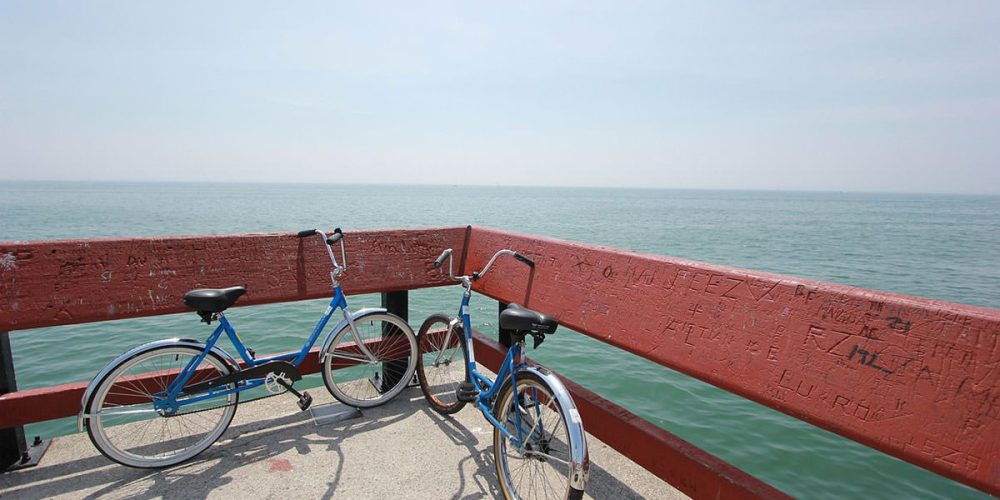
How do bicycles operate?
2
1988
Mechanical efficiency
From a mechanical viewpoint, up to 99% of the energy delivered by the rider into the pedals is transmitted to the wheels (clean, lubricated new chain at 400W), although the use of gearing mechanisms reduces this by 1-7% (clean, well-lubricated derailleurs), 4-12% (chain with 3-speed hubs), or 10-20% (shaft drive with 3-speed hubs). The higher efficiencies in each range are achieved at higher power levels and in direct drive (hub gears) or with large driven cogs (derailleurs).Energy efficiency
A human being traveling on a bicycle at 16–24 km/h (10–15 mph), using only the power required to walk, is the most energy-efficient means of human transport generally available. Air drag, which increases with the square of speed, requires increasingly higher power outputs relative to speed, power increasing with the cube of speed as power equals force times velocity. A bicycle in which the rider lies in a supine position is referred to as a recumbent bicycle or, if covered in an aerodynamic fairing to achieve very low air drag, as a streamliner. On firm, flat ground, a 70 kg (150 lb) person requires about 60 watts to walk at 5 km/h (3.1 mph). That same person on a bicycle, on the same ground, with the same power output, can travel at 15 km/h (9.3 mph) using an ordinary bicycle, so in these conditions the energy expenditure of cycling is one-third of walking.Typical speeds
In utility cycling there is a large variation; an elderly person on an upright roadster might do less than 10 km/h (6.2 mph) while a fitter or younger person could easily do twice that on the same bicycle. For cyclists in Copenhagen, the average cycling speed is 15.5 km/h (9.6 mph). On a racing bicycle, a reasonably fit rider can ride at 40 km/h (25 mph) on flat ground for short periodsReduction of weight and rotating mass
There has been major corporate competition to lower the weight of racing bikes in order to be faster uphill and accelerating. The UCI sets a limit of 6.8 kg on the minimum weight of bicycles to be used in sanctioned racesNever been so free
Never been so free
2
1124
A brief history of bicycling
2
1910
- 1870s—High-wheeled bicycle: One of the first models to be called a ‘bicycle’ (after its two wheels). The high wheel allowed the rider to travel farther with a single rotation of the pedals. Moreover, a metal frame and rubber tires provided a more comfortable ride than the boneshaker.
- 1885—Rover Safety bicycle: Invented by John Kemp Starely, England; Featured a strong enough metal to make a chain, plus it had two same-sized wheels and a similar frame to today’s bicycles.
- 1888—Pnuematic tires: Invented by John Boyd Dunlop, Ireland; Develops air-filled tires that provide a smoother ride than the previously used hard-rubber tires.
- 1920s—Kid’s bicycles become popular.
- 1940s—Built-in kickstands developed.
- 1960s—Racing bicycles become popular and feature dropped handlebars, narrow tires, numerous speeds and a lighter frame.
- 1980—Spurred by mountain biking and extreme sports, mountain bicycles become a popular consumer item and feature sturdier frames, larger wheels and flat handlebars.
- 1996—Mountain bicycles appear in the Olympics.
Your bikes need love too!
2
1200
Pump It Up
Probably, the number one reason bikes fall apart is because people ignore the tires. Here’s what happens: Bicycle tires have very little air in them. And bicycle tubes, which are made of butyl rubber, are porous enough to allow air to seep out. The result is tires softening over a period of about a week for road bikes and about a month for mountain bikes (though it depends some on tire size). When the tires get soft, bad things happen. Some folks decide to stop riding the bike because they think they have flat tires and they put off getting the flat fixed because it means loading the bike in the car and dragging it down to the bike shop.Lube It or Lose It
A bicycle is made up of a bunch of moving metal parts, many of which are meshing with each other. In order to keep these parts from grinding each other to dust as you pedal merrily along, they should be lubricated. Spinning parts containing bearings, such as the wheels, pedals, bottom bracket (what the crankset is mounted to), and headset (the mechanism that connects the fork to the frame and allows steering), come from the manufacturer packed with grease. About once a year, these components should be dismantled, checked and regreased. But, because special tools are needed and the work is required only occasionally, you may prefer to leave this job to a bike shop mechanic.Keep It Clean
Mountain bikers, especially those who ride in the mud, should keep a cleaning kit in the corner of the garage ready for use at ride’s end. All that’s needed is a bucket with some sponges and dishwashing detergent and a nearby hose. When you return from a ride, prop the bike up and spray off the majority of the mud and muck with the hose. It’s crucial to not blast the water sideways at the bike. Doing so may force the water into the pedals, hubs and bottom bracket, which may compromise the grease and bearings inside these components. Instead, spray water only from above and don’t ever direct it toward greased parts.Store It
I tell everyone to store bike(s) inside. It’s the best way to keep them running and looking like new. And it doesn’t take much in the way of space or supplies. The only item needed is a bike hook. These are shaped like question marks and coated with vinyl so as not to scratch the wheel when you hang the bike on the hook. Install the hook in a stud in a wall or a rafter or beam; anywhere where the bike can hang vertically is fine. I’ve seen bikes stored in stairwells, bathrooms, bedrooms—anyplace you can find dead space is fine. It’s also possible to use two hooks and hang the bike horizontally, one wheel on either hook.Bikes designer cycling tour
2
1014
A brief history of bicycling
1
957
The dandy horse, also called Draisienne or laufmaschine, was the first human means of transport to use only two wheels in tandem and was invented by the German Baron Karl von Drais. It is regarded as the modern bicycle’s forerunner; Drais introduced it to the public in Mannheim in summer 1817 and in Paris in 1818. Its rider sat astride a wooden frame supported by two in-line wheels and pushed the vehicle along with his/her feet while steering the front wheel. The first mechanically-propelled, two-wheeled vehicle may have been built by Kirkpatrick MacMillan, a Scottish blacksmith, in 1839, although the claim is often disputed.[14] He is also associated with the first recorded instance of a cycling traffic offense, when a Glasgow newspaper in 1842 reported an accident in which an anonymous “gentleman from Dumfries-shire… bestride a velocipede… of ingenious design” knocked over a little girl in Glasgow and was fined five shillings. In the early 1860s, Frenchmen Pierre Michaux and Pierre Lallement took bicycle design in a new direction by adding a mechanical crank drive with pedals on an enlarged front wheel (the velocipede). Another French inventor named Douglas Grasso had a failed prototype of Pierre Lallement’s bicycle several years earlier. Several inventions followed using rear-wheel drive, the best known being the rod-driven velocipede by Scotsman Thomas McCall in 1869. In that same year, bicycle wheels with wire spokes were patented by Eugène Meyer of Paris. The French vélocipède, made of iron and wood, developed into the “penny-farthing” (historically known as an “ordinary bicycle”, a retronym, since there was then no other kind). It featured a tubular steel frame on which were mounted wire-spoked wheels with solid rubber tires. These bicycles were difficult to ride due to their high seat and poor weight distribution. In 1868 Rowley Turner, a sales agent of the Coventry Sewing Machine Company (which soon became the Coventry Machinist Company), brought a Michaux cycle to Coventry, England. His uncle, Josiah Turner, and business partner James Starley, used this as a basis for the ‘Coventry Model’ in what became Britain’s first cycle factory. The dwarf ordinary addressed some of these faults by reducing the front wheel diameter and setting the seat further back. This, in turn, required gearing—effected in a variety of ways—to efficiently use pedal power. Having to both pedal and steer via the front wheel remained a problem. J. K. Starley (nephew of James Starley), J. H. Lawson, and Shergold solved this problem by introducing the chain drive (originated by the unsuccessful “bicyclette” of Englishman Henry Lawson), connecting the frame-mounted cranks to the rear wheel. These models were known as safety bicycles, dwarf safeties, or upright bicycles for their lower seat height and better weight distribution, although without pneumatic tires the ride of the smaller-wheeled bicycle would be much rougher than that of the larger-wheeled variety. Starley’s 1885 Rover, manufactured in Coventry is usually described as the first recognizably modern bicycle. Soon the seat tube was added, creating the modern bike’s double-triangle diamond frame. Further innovations increased comfort and ushered in a second bicycle craze, the 1890s Golden Age of Bicycles. In 1888, Scotsman John Boyd Dunlop introduced the first practical pneumatic tire, which soon became universal. Soon after, the rear freewheel was developed, enabling the rider to coast. This refinement led to the 1890s invention of coaster brakes.
How do bicycles operate?
1
868




